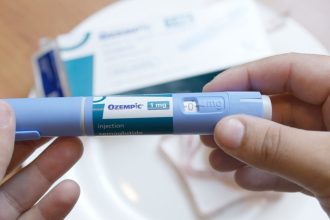NASA’s Cryogenic Advancements
At the Marshall Space Flight Center in Huntsville, Alabama, NASA is advancing cryogenic technology with an innovative project aimed at enhancing fuel storage for space missions. Titled “Stay Cool: NASA Tests Innovative Technique for Super Cold Fuel Storage,” this initiative focuses on achieving zero-boiloff storage of liquid hydrogen, a crucial element for future long-duration missions to the Moon, Mars, and beyond.
The Challenge of Keeping It Cold
The primary task is to maintain liquid hydrogen at approximately −424 °F to prevent boiloff due to various factors such as solar heating, spacecraft exhaust, and onboard systems. As highlighted in a NASA article, “In the vacuum of space, where temperatures can plunge to minus 455 degrees Fahrenheit, it might seem like keeping things cold would be easy. But the reality is more complex for preserving ultra-cold fluid propellants.”
Innovative Cooling Method
To address this challenge, NASA engineers have devised a “tube-on-tank” technique that involves chilled helium flowing through tubes attached directly to the tank’s outer wall. The tank is enveloped in a multi-layer insulation blanket, which includes a thin aluminum heat shield. A secondary layer of helium tubing, carrying fluid at around −298 °F, intercepts incoming heat before it can affect the tank’s contents, thereby alleviating stress on the inner system.
Implications for Future Missions
Kathy Henkel, acting manager of NASA’s Cryogenic Fluid Management Portfolio Project, remarked, “Technologies for reducing propellant loss must be implemented for successful long-duration missions to deep space like the Moon and Mars. Two-stage cooling prevents propellant loss and successfully allows for long-term storage of propellants whether in transit or on the surface of a planetary body.”






